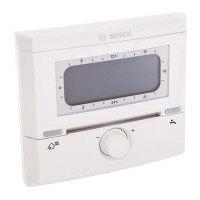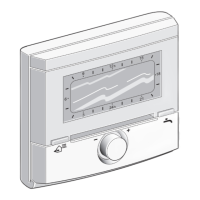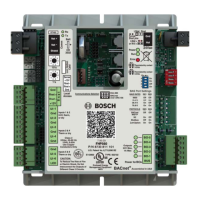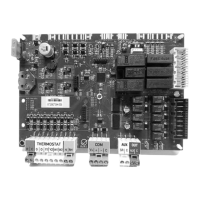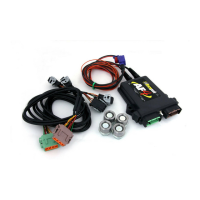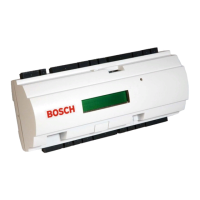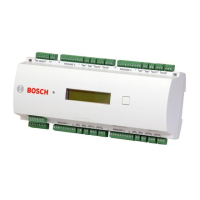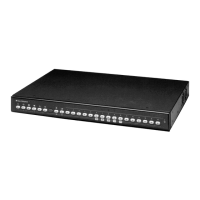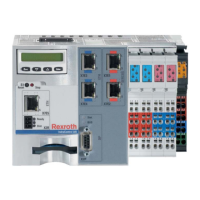AVENAR panel 8000 | AVENAR panel 2000 |
AVENAR keypad 8000
Alarm | pt-BR 35
Bosch Sicherheitssysteme GmbH
Manual do utilizador
2023-08 | 8.0 | F.01U.378.877
9 Alarm
Aviso!
Information on how to handle a fire alarm can be found in
Fire alarm, página 41
.
This chapter contains information about the following points:
–
Types of alarm, página 35
–
Entry delays, página 35
–
Day and night mode, página 36
–
Alarm message to the panel, página 37
Refer to the Fire alarm chapter for the following topics:
–
Acknowledging a message, página 42
–
Silence internal buzzer, página 42
–
Activate and silence signaling devices, página 42
–
Resetting signaling devices and transmission devices, página 42
–
Triggering fire verification, página 43
–
Resetting alarm message, página 44
–
Bypassing detectors, página 45
Aviso!
Depending on the configuration, the manner in which alarm displays are shown and handled
in this guide may differ from the guide on the system.
9.1 Types of alarm
On the panel controller, a distinction is made between the following types of alarm:
– Incêndio
– Calor
– Fumo
– Água
– Supervisão
Depending on the configuration, external transmission devices (e.g. fire department),
notification appliances (e.g. sirens and/or strobes) and fire protection systems (e.g. sprinkler
systems, fire doors) are activated.
Aviso!
If an alarm delay is set for the detector triggering the alarm, the alarm signal is not
transmitted immediately and the message can be checked; see Atrasos de entrada.
9.2 Entry delays
To prevent false alarms, it is possible to delay the transmission of the first alarm signal. The
transmission device to the fire department is not activated immediately in this case. During
the delay, the message can be checked to ensure it is correct.
The FSP-5000-RPS programming software can be used to program various strategies for
avoiding false alarms. These strategies are principally used in fire detectors but can also be
assigned to any other detector, depending on how it is configured.
The alarm delays that can be shown in the panel controller display are explained below.
